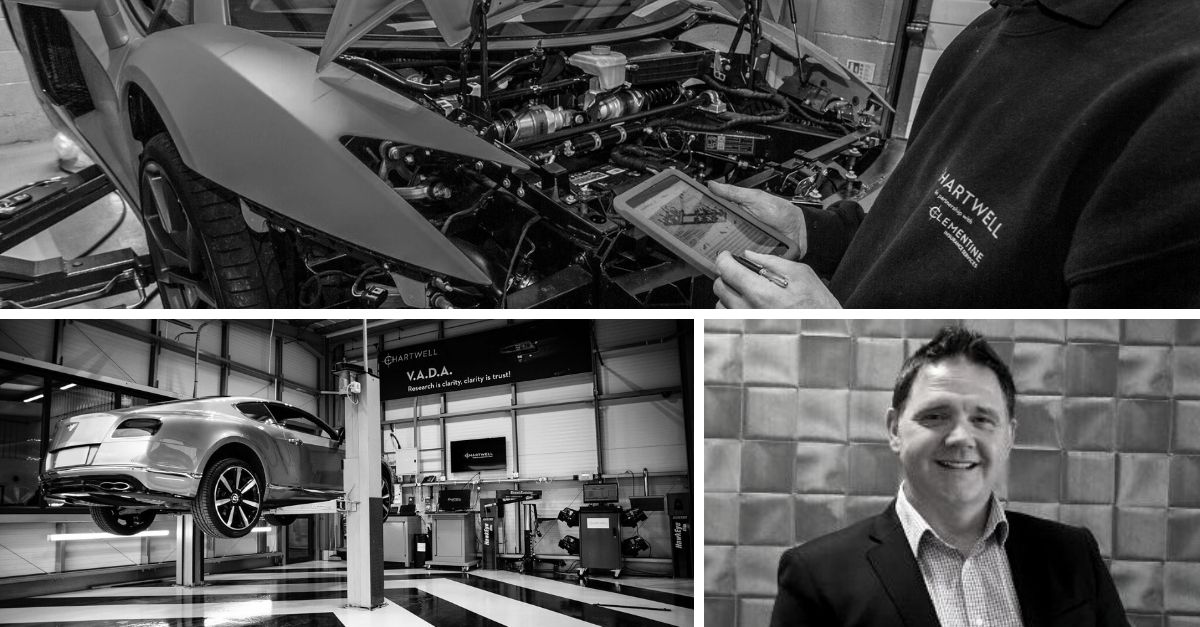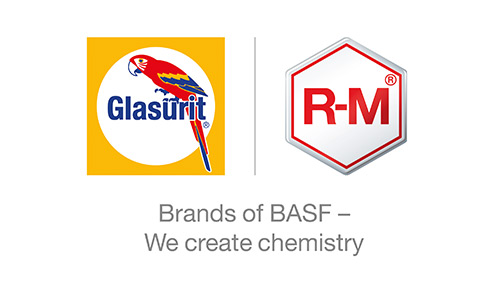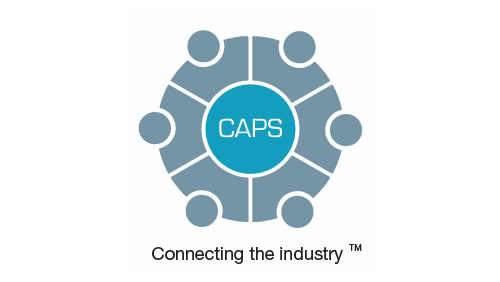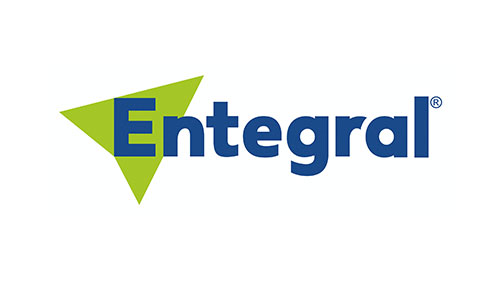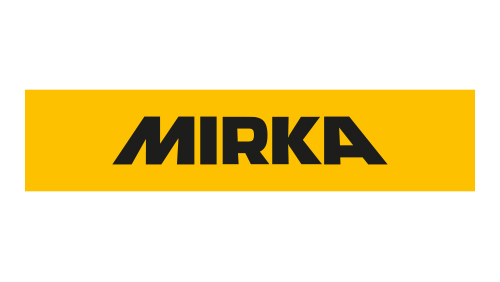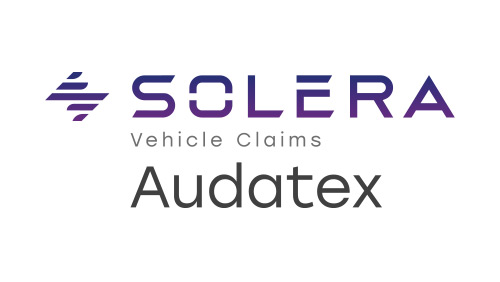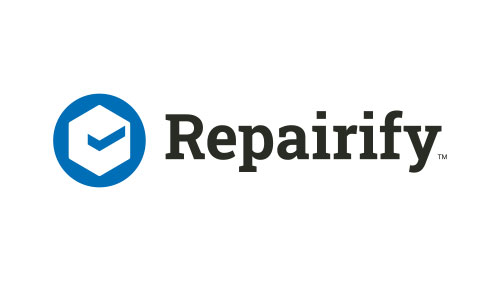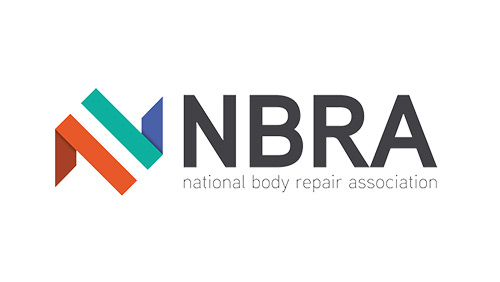The cost and skills required to repair modern vehicles have not been fully appreciated throughout the sector, meaning some jobs could potentially be performed incorrectly and repairers are not being properly renumerated.
That is the verdict of Chris Brightmore, CEO of Chartwell Group, which is the country’s leading supercar repair centre.
He believes that while vehicle manufacturers are rushing top-speed towards ever-greater implementation of technology within vehicles, often with occupant safety in mind, the aftermarket – in many cases – is still being driven by speed and cost.
Further, he has warned that new market developments such as subscription models and features on demand are exacerbating the challenges facing the sector as they continue the shift away from a standard repair and place even greater emphasis on accurate vehicle damage assessments.
Here, he shares his insights into a few key areas.
Subscription models are becoming ever-more popular. How is this placing greater strain on the viability of safe repairs?
Subscription models present a number of new challenges as a repairer, the challenge is around understanding what potential upgrades have been purchased, how we value the vehicle with upgrades and what do we actually have to consider while repairing the vehicle.
The concept is simple, however, without the technology to interpret and amend the software or the understanding to gather the key information from the owner, we are exposed and are likely to return the vehicle incomplete or undervalued, especially if we do not consider the subscription options list attached to that vehicle.
I am sure there will be a clear method of handling this from the manufacturer, providing we can access what is required. We then only have to consider the time required to navigate this element of repair.
How does this impact the accuracy of damage assessments?
Whilst subscription models offer great flexibility and choice for users, the same flexibility is not present when we have to assess and calculate charges for repair. The industry is stuck in the past, more so than we probably are willing to admit, and knowledge within the sector often does not filter through to the right places.
My point is this: if we have to code a new component to a car, which is now very common, essentially we have to introduce the new part and ensure it has permission to talk to the systems on board. Space-age as that sounds, it is now the norm. The problem then begins when we are told we have been paid for a reset even though this type of operation needs to be done during fit up in isolation and requires the technician to validate the systems before assembly can proceed, ensuring the unit is accepted and functional. This is not a systems check, it is a work task.
It gets worse as something like a headlamp can have dozens of functions that are carried out during driving, so to set up the beam is no longer a quick check and it requires systems operations whilst this is carried out. The difficulty lies in the lack of acceptance that we not only carry out mechanical operation such nuts, screws and bolts, but we also carry out numerous systems operations that require IT skills, as well as time and training to a level greater than is appreciated.
This is all before something goes wrong or does not respond. The diagnostic skills needed in this situation are the same as calling your IT specialist out to sort your computing platform in the event of failure.
Are electric vehicles posing a similar problem?
The argument gets stronger when we begin dealing with EV. This is where it gets serious and while I am not trying to sensationalise the risk, it is very clear repairers are taking repairs on they really should not due to lack of understanding and the required set up to handle EV.
Often work is directed based on commercial terms and not an ability to repair safely and correctly. I know of a number of cars repaired outside of the correct network that were 800V drivetrains and were having substantial work done in high-risk areas of the car. There has to be an acceptance that knowledge, skills and investment into hardware are a cost and should rightly be charged for. These are expensive yet crucial elements to the repair.
High power EVs currently require every drive component discharging after the battery is isolated as they hold charge locally. This requires IT skills, hardware, auto electrician training and time – and more than you would expect. Once this is done there are a number of H&S tasks to complete before the vehicle is deemed safe. This includes loading the car onto skates as it is completely immobile at this point and inactive in every way.
Once again, we have to accept this is a cost and must be allowable.
Perhaps these skills are less tangible as it isn’t easy to evidence data input or software operations but it’s real. Just check how long a PC takes to update its systems automatically or the time IT professionals take doing what appears to be straightforward. The similarities are very real.
‘Features on demand’ is a growing concept. How does this affect damage assessment?
All this software and systems ability will mean we have to alter our initial approach to estimating and repair assessments. Features on demand will need to be clarified at the outset, but more importantly, we need to understand who is accountable for the feature that may be downloaded in the future. This is something that may not necessarily be considered during repair and checked as operational.
Perhaps it is a concern that will not present, but I do wonder how we can check current systems and repair validity and consider what may be upgraded in the future and then be allowed the time to do so under the current approach taken by the industry for approving repair costs.
As a sector, are we prepared to absorb the extra costs required to carry out safe repairs?
We do need to accept the complexity of the skillsets required and the difficulty we all now have navigating the less tangible time requirements engaged when we deal with technology. I hear good intentions from industry heads but sadly I see constant challenge when we try and present this as a cost. Many feel it is not necessary or it is not of value. This is understandable but unsustainable.

